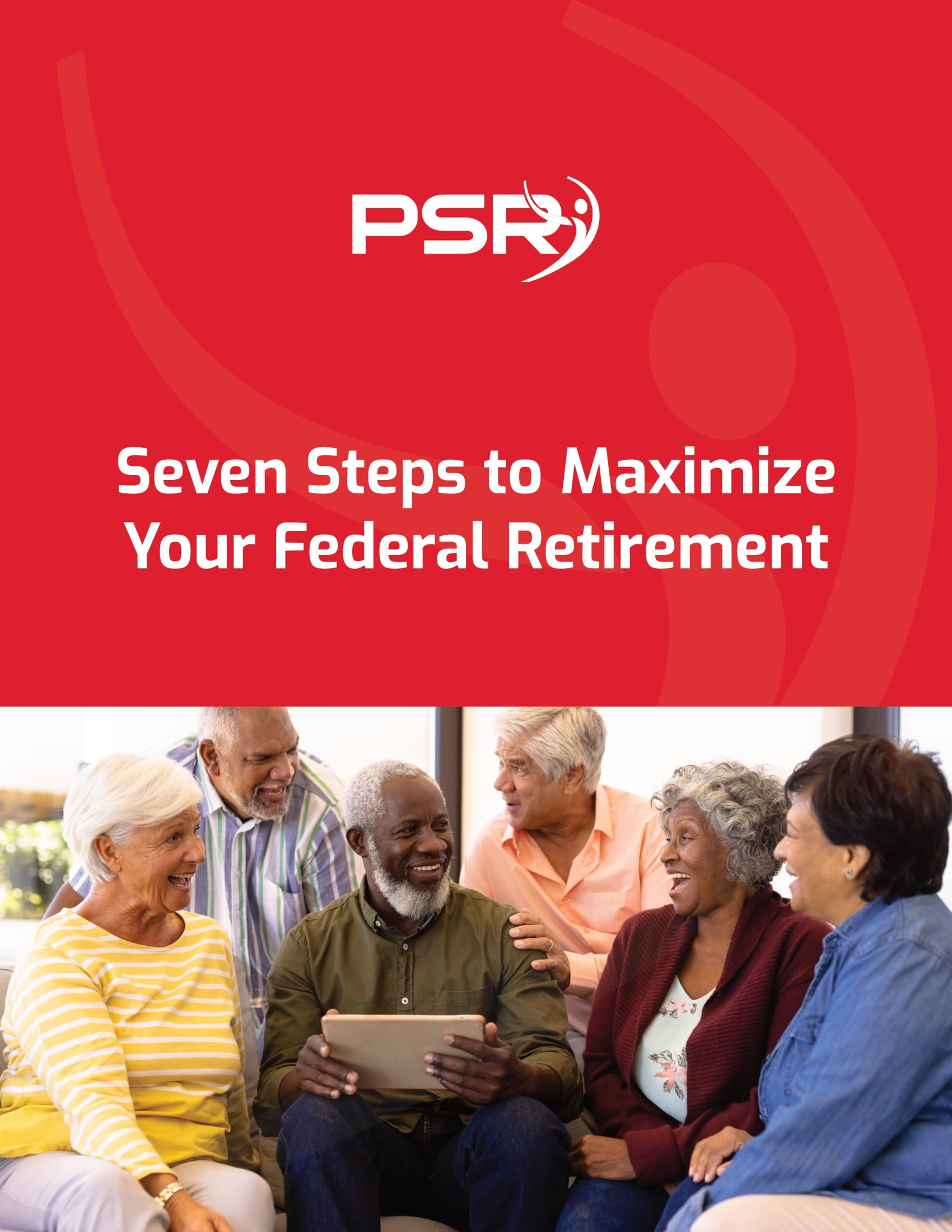Is There an Income Limit for the VA Improved Pension?
Many veterans and/or their family have called their local VA office inquiring about the Improved Pension (also known as the Aid and Attendance or Non-Service Related Compensation program). This program is for wartime veterans and their widows/widowers. Many times the person who answers the phone asks how much income is coming in each month. They (many times) are told they make too much money.
In all reality, how much you bring in is irrelevant.
Where the confusion comes up is twofold:
- Also Read: FAA, Law Enforcement, and Special Federal Employee Categories—Here’s What Makes Their Retirement Unique
- Also Read: Blending Private and Public Sector Retirement Plans Is Complicated—Here’s Where Couples Get It Wrong
- Also Read: The Silent Shift in Postal Service Retirement Benefits That Could Change Everything by 2026
Secondly, the Improved Pension has what the VA calls the “Maximum Annual Pension Rate” (MAPR). Many people believe this means this is the maximum amount you can make a year. Actually this number is the most the VA would pay under a certain circumstance. To confuse things further, if you bring in more than that amount, the VA will pay nothing. Simple, right? Actually there is more to the formula.
With this program, there are three levels of benefit; base, house bound as well as aid & attendance. Doctor forms must be completed to show what the medical imitations are (if there is a spouse, both the spouses need to complete the doctor forms). Depending on the claimant’s (the veteran or widow) health, would determine where you fall on the chart (and what the MAPR is).
From there, the VA will look at all the income coming into the household and subtract from that the cost for all the ongoing medical expenses (primarily they look at the cost for a caregiver or a community providing care as well as medical insurance costs). What is left over is the Income for VA Purposes (IVAP).
This is the number you would use for the benefit!
For example, let’s say you have a WWII vet who is bringing in $2,800 a month from pension and Social Security. Let’s further assume he needs assistance of another person so he would be awarded the Aid & Attendance add-on to the Improved Pension. That amount (as of this posting) is $1,780.00 per month. If the veteran does not need (or better yet, have) a caregiver or community helping to take care of him, the only expense we probably can use is the cost for his medical insurance. Let’s assume it is $300.00 a month. If you subtract that $300 from his income of $2,800, he nets out to $2,500.00. This is still above the MAPR, so he receives nothing.
Should he give up? No! Read on…
If this same veteran has a caregiver come into his home or moves to a community who is taking care of him and ALL of his income is going for his care, then his IVAP (income for VA purposes) falls to zero. In this situation, he would now get the maximum benefit of $1,780.00 per month (2014 limit).
Now please understand I have OVERLY simplified this case and the formulas for informational purposes. PLEASE get help from a qualified (and ideally VA accredited) professional who understands all the intricacies of the program. There are many hurdles and pitfalls you must overcome to achieve an approval (and keep the benefit).
Bottom line, remember this is a program that was EARNED by the veteran. It is waiting for him/her and/or their widow/widower. Do not let anyone tell you that there is an income limit, you make too much money or (my favorite) you don’t qualify because of your income.









